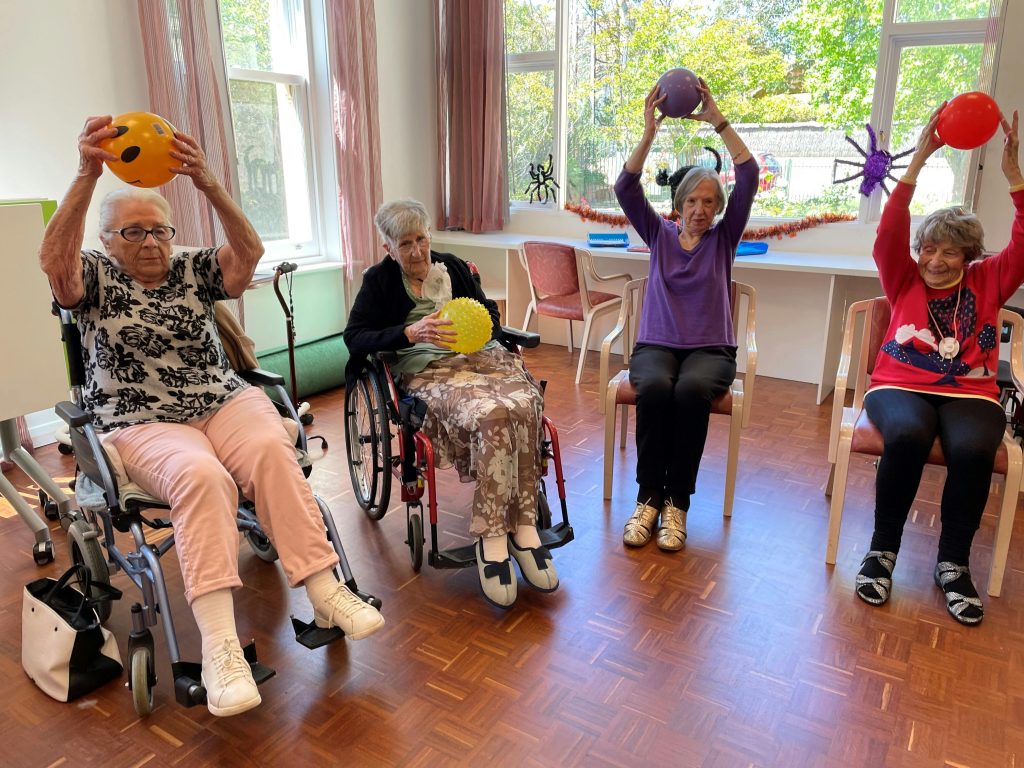Highly competitive landscape of assisted living facilities, the key to success lies not just in providing exceptional care but also in creating an environment that attracts residents and their families. This comprehensive facility enhancement checklist is designed to guide assisted living facilities in maximizing move-ins by optimizing their physical space, amenities, and services. Following the MECE (Mutually Exclusive, Collectively Exhaustive) framework, we explore essential areas that facilities should consider to enhance their appeal and outrank competitors on Google.
I. Exterior Enhancements
A. Curb Appeal
- Landscaping: Maintain well-manicured lawns and gardens to create a welcoming first impression.
- Exterior Lighting: Ensure proper lighting for safety and aesthetics, especially during evening hours.
- Entrance Signage: Invest in clear and visible signage to guide visitors and enhance the facility’s identity.
B. Outdoor Amenities
- Recreational Areas: Develop outdoor spaces for residents to enjoy fresh air, such as gardens, seating areas, or walking paths.
- Accessibility: Ensure outdoor amenities are accessible for residents with mobility challenges.
II. Interior Design and Comfort
A. Common Areas
- Furniture Quality: Opt for comfortable and durable furniture in common areas to create inviting spaces.
- Aesthetic Appeal: Incorporate warm colors and décor that evoke a homely atmosphere.
- Accessibility: Arrange furniture to accommodate mobility aids and ensure easy navigation.
B. Resident Rooms
- Personalization: Allow residents to personalize their living spaces with cherished belongings.
- Comfortable Furnishings: Provide quality and ergonomic furniture for residents’ comfort.
- Technology Integration: Consider integrating technology for convenience, such as smart home features.
III. Dining Experience
A. Dining Facilities
- Ambiance: Enhance the dining area ambiance with appropriate lighting and décor.
- Menu Variety: Offer a diverse and appealing menu catering to different dietary needs.
- Seating Arrangements: Provide flexible seating arrangements for social interaction.
B. Culinary Services
- Nutritional Expertise: Employ nutritionists to create well-balanced and appealing meal plans.
- Dining Events: Organize special dining events, themed nights, or culinary workshops for residents.
IV. Health and Wellness
A. Fitness Facilities
- Equipped Gym: Provide a well-equipped gym or fitness area for residents’ physical well-being.
- Fitness Classes: Offer regular fitness classes suitable for various abilities and preferences.
B. Healthcare Services
- On-Site Medical Staff: Ensure the presence of qualified medical staff for prompt healthcare support.
- Wellness Programs: Implement wellness programs focusing on preventive care and health promotion.
V. Recreational and Social Activities
A. Activity Spaces
- Multipurpose Rooms: Create versatile spaces for a variety of activities, from arts and crafts to educational seminars.
- Technology Center: Establish a technology center for residents to stay connected with family and friends.
B. Planned Events and Outings
- Calendar of Events: Maintain a well-planned calendar of activities and events.
- Transportation Services: Arrange for transportation for residents to attend outings and community events.
VI. Safety and Security
A. Emergency Preparedness
- Training Programs: Conduct regular staff training programs for emergency response.
- Emergency Exit Accessibility: Ensure clear pathways to emergency exits and equip them with proper signage.
B. Security Measures
- Surveillance Systems: Install security cameras in common areas for enhanced safety.
- Access Control: Implement access control measures to secure resident living areas.
VII. Marketing and Communication
A. Online Presence
- SEO-Optimized Website: Ensure the facility’s website is optimized for relevant keywords.
- Virtual Tours: Provide virtual tours on the website for remote viewing by potential residents and their families.
B. Resident Testimonials
- Testimonial Videos: Create video testimonials featuring satisfied residents and their families.
- Positive Online Reviews: Encourage and showcase positive reviews on online platforms.
VIII. Continuous Improvement
A. Resident Feedback
- Surveys and Feedback Sessions: Regularly seek feedback from residents to identify areas for improvement.
- Feedback Implementation: Act on constructive feedback to continually enhance services and facilities.
B. Staff Training and Development
- Professional Development Programs: Invest in ongoing training for staff to stay updated on best practices.
- Customer Service Excellence: Prioritize customer service training to create a positive resident experience.
Conclusion
In conclusion, the journey to maximizing move-ins involves a holistic approach, addressing every aspect of the facility to create an attractive and supportive living environment. By diligently following this comprehensive checklist, assisted living facilities can not only outrank competitors on Google but also foster a reputation for excellence that resonates with potential residents and their families. Striving for continuous improvement ensures that the facility remains a preferred choice in the ever-evolving landscape of senior care.



